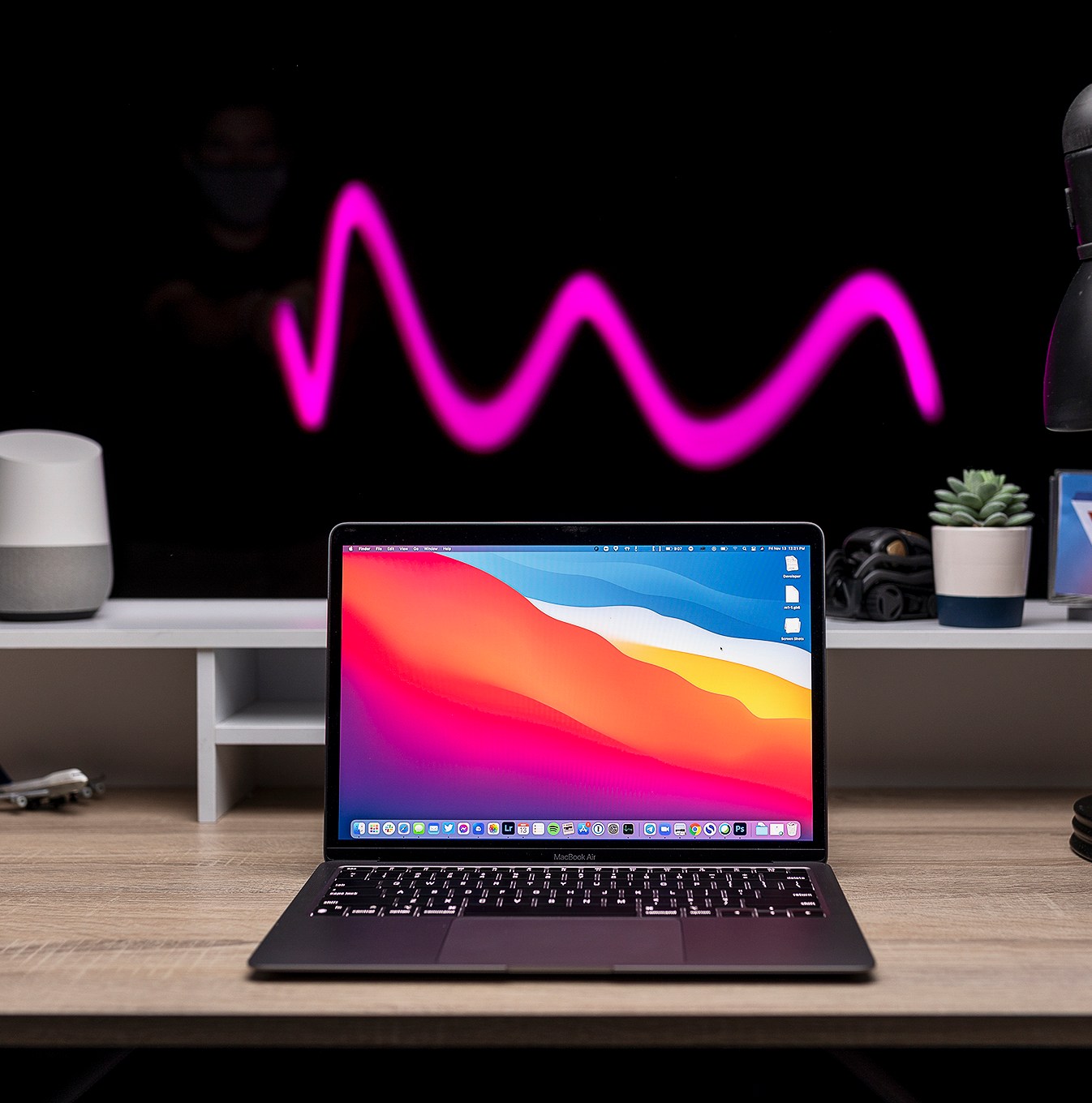Edit Content
Trending






Petechiae are tiny red, purple, or brown spots on your skin, inside of your mouth, or on your eyelids. These sports develop when capillaries, small blood vessels, break and leak blood into your skin.
Petechiae can sometimes occur due to harmless causes, such as prolonged straining, heavy coughing, or vomiting. These can cause increased pressure on your blood vessels, which can lead to capillary rupture. However, petechiae can also be a sign of a more serious health condition.
Treatment depends on what is causing the petechiae. It can range from simple rest and hydration for minor cases to antibiotics, corticosteroids, or other targeted therapies for more serious causes. Seek immediate medical attention if your petechiae appear suddenly, spread quickly, or occur with other symptoms such as fever, difficulty breathing, or excessive bleeding.
Petechiae are a symptom rather than a disease. Here’s a summary of petechiae features:
If you have red spots and experience confusion, fever, or rapidly spreading spots get immediate medical attention. Feeling dizzy, fainting, having trouble breathing, or developing severe pain also warrants a trip to a healthcare provider.
Courtesy of Dermnet
Petechiae occur when tiny blood vessels (capillaries) break, leaking blood under your skin. Blood vessels are tubes that carry blood and oxygen around your body. Capillaries are the smallest, connecting larger arteries and veins.
Petechiae can happen due to problems with blood clotting (proteins that make a blood clot to seal a wound). Injuries, straining, low platelets (cells that form a plug to stop the bleeding after injury), platelet dysfunction, and weak or swollen blood vessels can also cause petechiae.
Certain health conditions and medications can cause petechiae. Underlying causes include:
Blood-thinning medications, including anticoagulants and antiplatelets, can also cause petechiae. Anticoagulants stop blood clots from forming or growing bigger. Antiplatelet drugs prevent blood cells from sticking together, lowering your chance of heart attack or stroke.
Anticoagulant examples include Coumadin (warfarin), Heparin, Eliquis (apixaban), and Xarelto (rivaroxaban). Examples of antiplatelets include aspirin, Plavix (clopidogrel), and Brilinta (ticagrelor). Other examples of medications and supplements that can contribute to petechiae include:
Risk factors for petechiae include:
Diagnosing the underlying causes of petechiae includes a medical history, physical exam, and diagnostic tests. Your healthcare provider will ask about your medications, diet, family medical history, and when the petechiae first appeared. They also want to know about recent illnesses, infections, or injuries. Share if you’re experiencing other symptoms, like fever, fatigue, or headache.
Your provider will also conduct a physical exam to check the petechiae’s size, color, and distribution. They will also examine your body for signs of underlying health concerns such as liver or spleen enlargement, signs of bruising, bleeding, trauma, or inflammation (swelling), and swollen lymph nodes (small organs in areas like the neck and armpits).
Sometimes a urine test is ordered to check for blood, protein, or viruses. Blood tests are ordered to check the following:
Providers may also order imaging studies to evaluate internal structures for disease or injury. These include computed tomography scan (CT), magnetic resonance imaging (MRI), ultrasound, and X-rays.
If your healthcare provider suspects problems with your blood vessels, skin, or bone marrow, they might perform a skin or bone biopsy. A biopsy involves taking a small piece of tissue using a unique tool and looking at it closely under a microscope. Your provider will numb the area first. Sometimes, they also give you medicine to make you sleepy.
Petechiae treatment focuses on addressing the underlying cause. Here are some common approaches to treatment:
Preventing petechiae involves addressing and managing the underlying risk factors and health conditions that can cause them. The following are some general tips:
Because petechiae is a symptom of an underlying issue, it’s important to seek medical attention, especially if you also have symptoms like bleeding, fever, fatigue, or severe headaches. Untreated underlying conditions can lead to complications such as:
Petechiae, small red, purple, or brown spots on the skin, are a symptom rather than a standalone condition.
Sometimes, these spots are harmless and indicate excessive strain or wearing something too tight. But, petechiae can signal severe conditions such as infections, blood disorders, or autoimmune diseases.
Seeking medical attention is important, especially if you have other symptoms like bleeding, fever, or fatigue. Early diagnosis and treatment of the underlying cause can help prevent life-threatening complications.
©2024. Livebuzznews. All Rights Reserved.